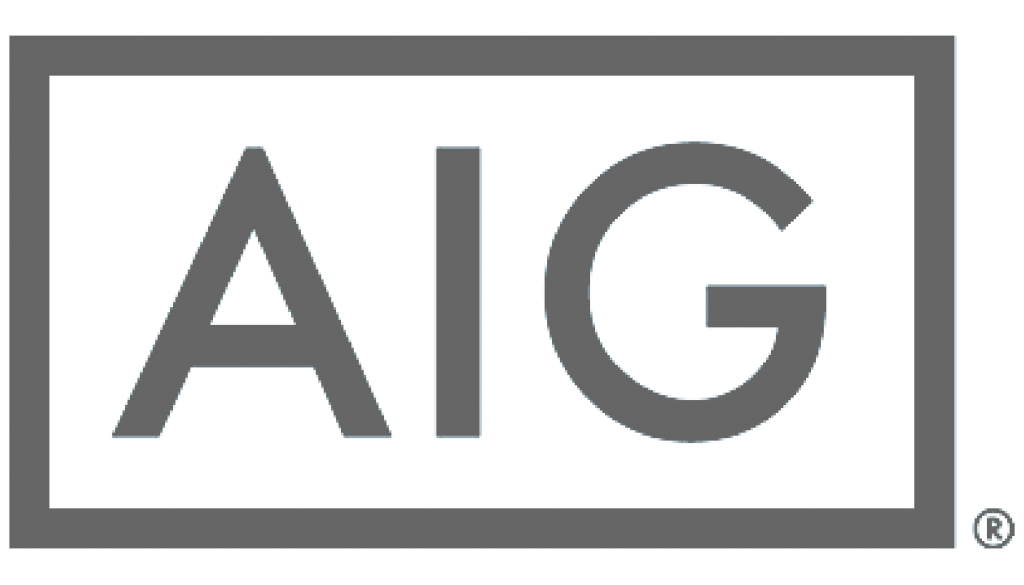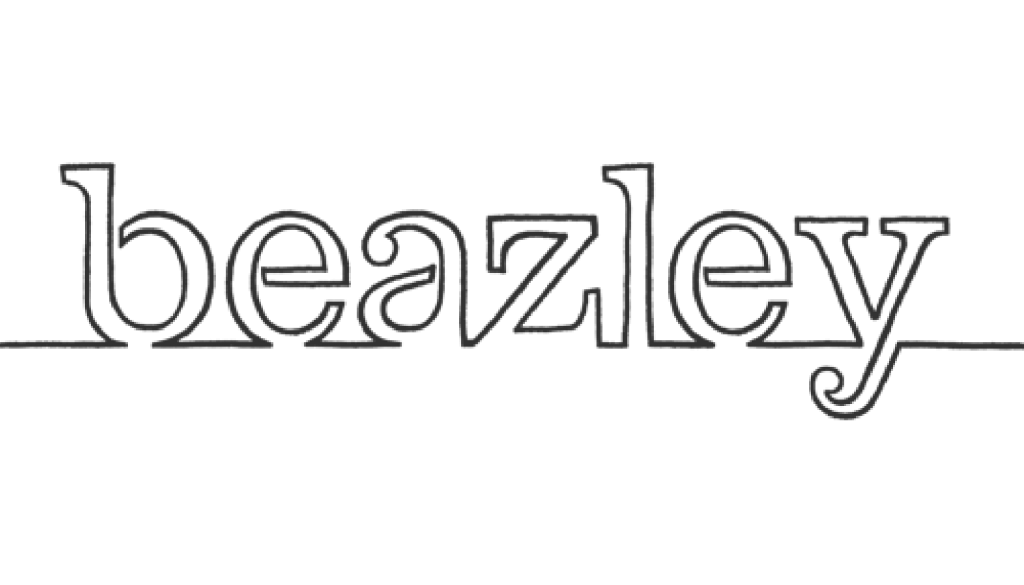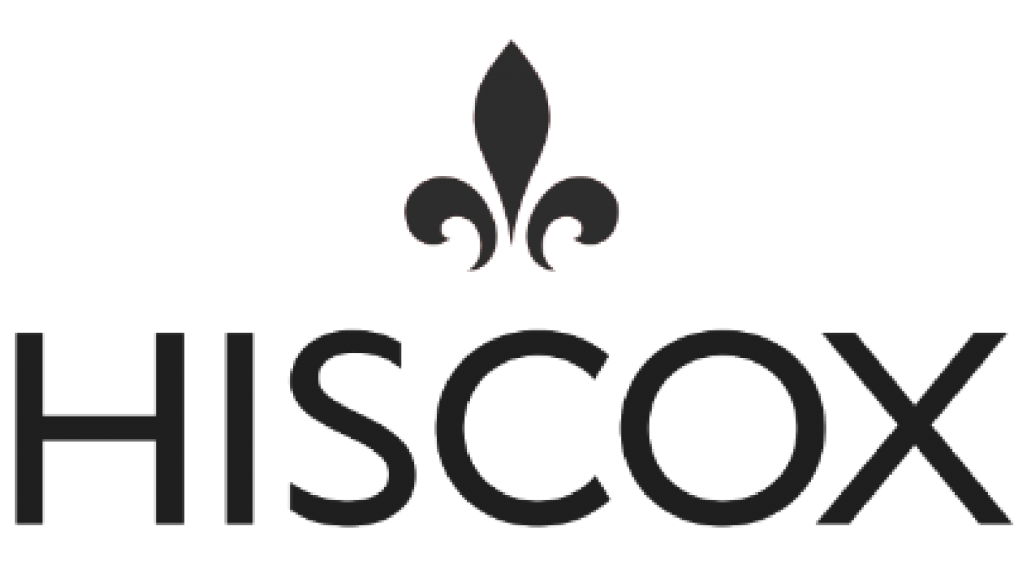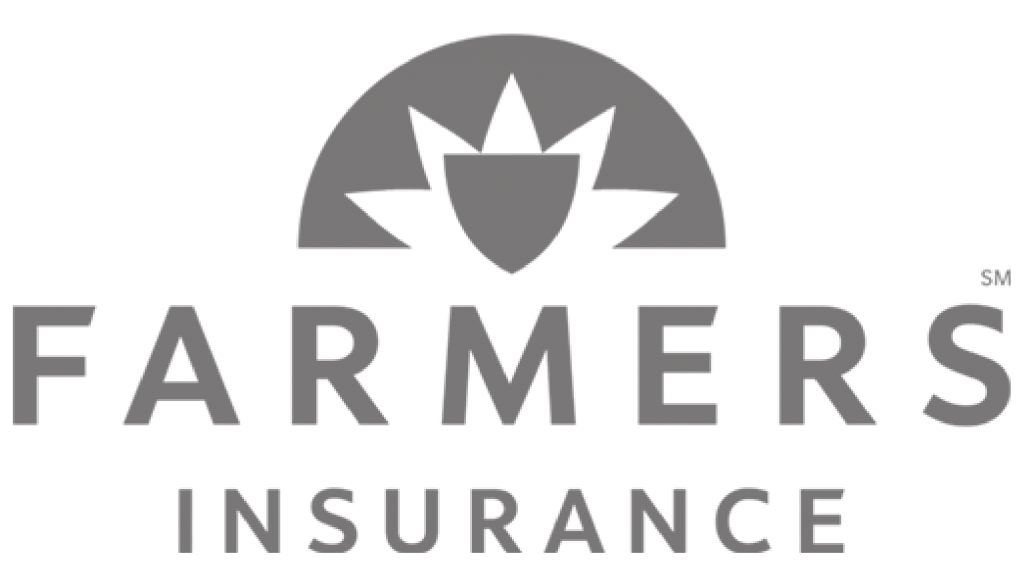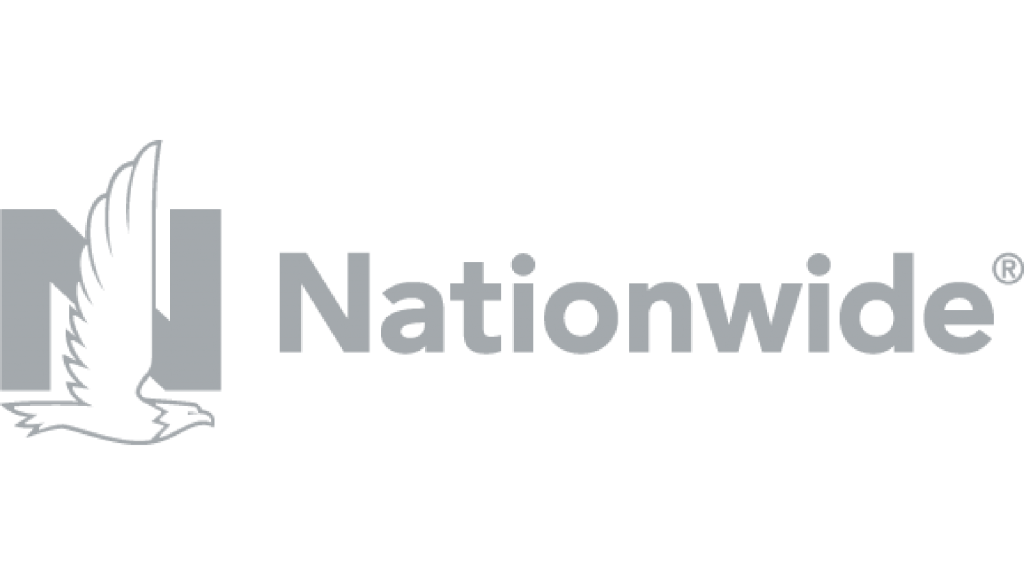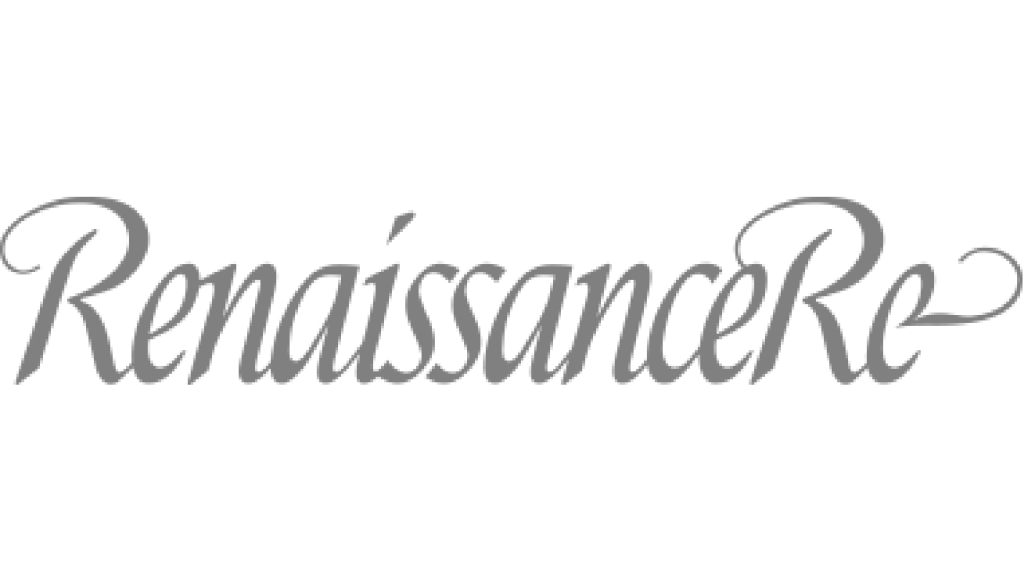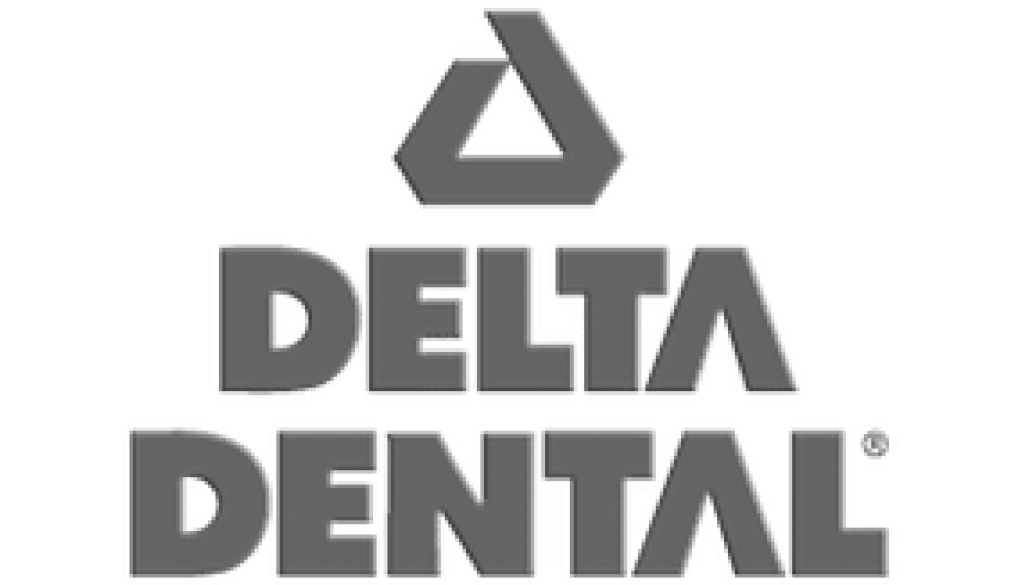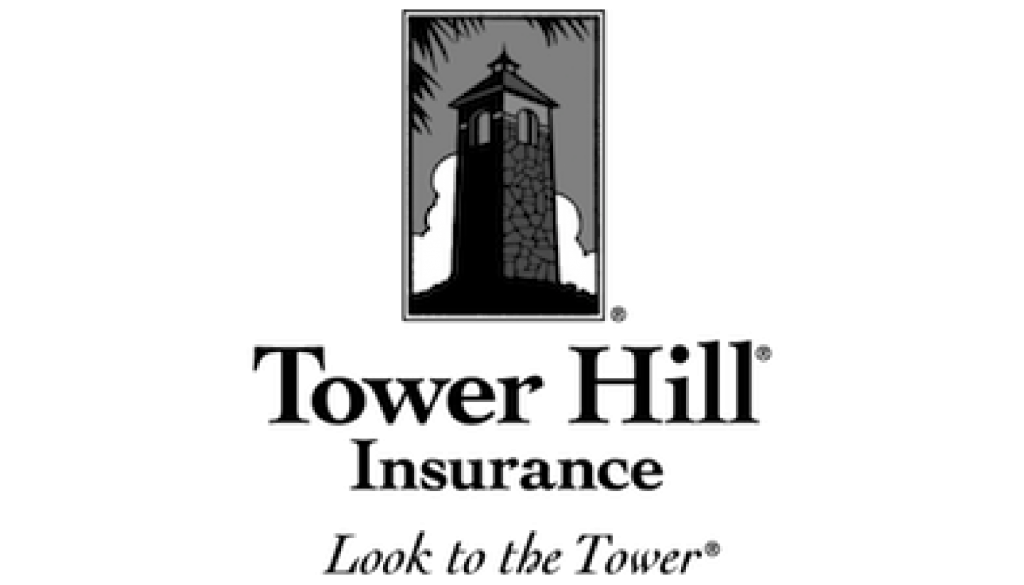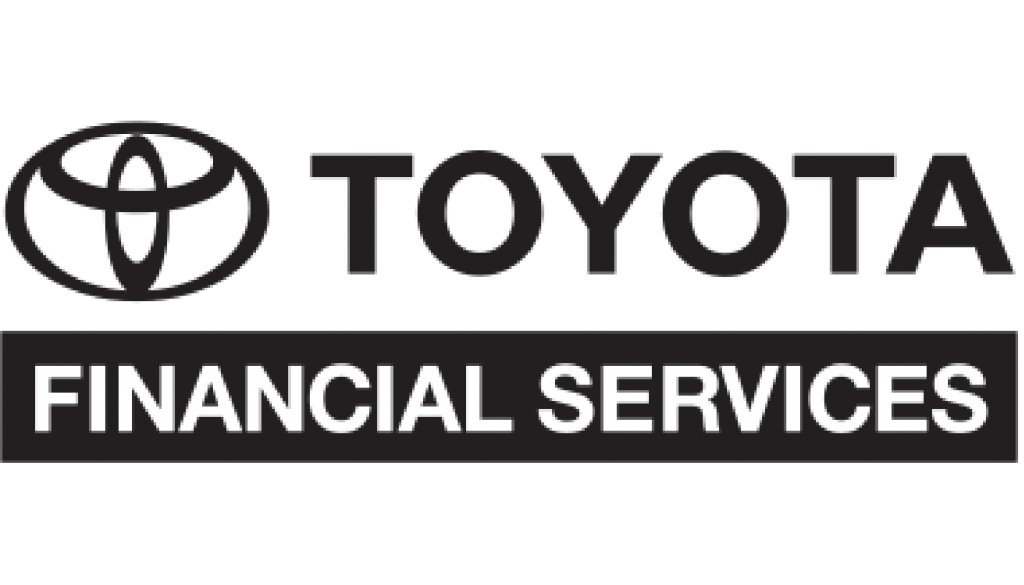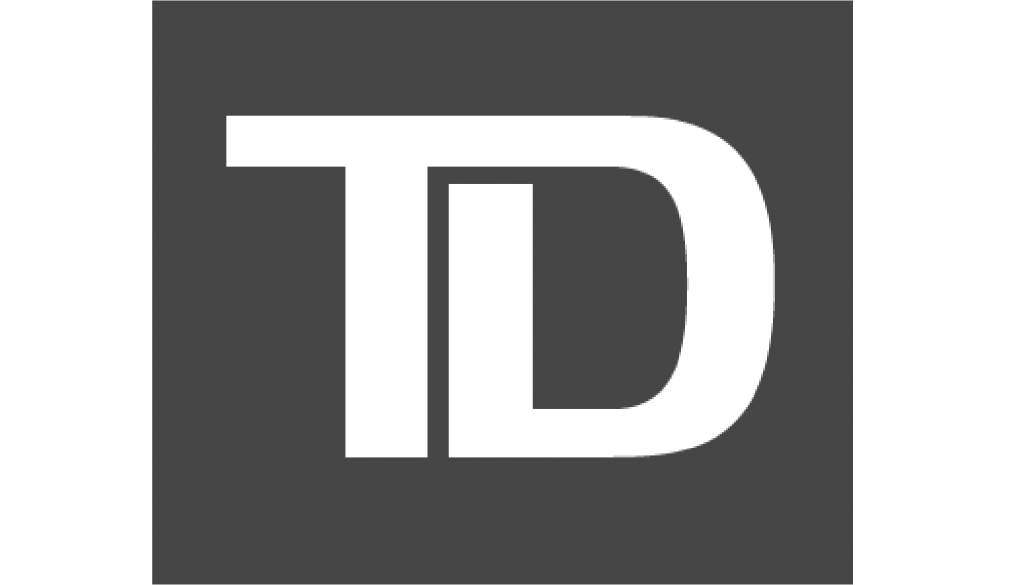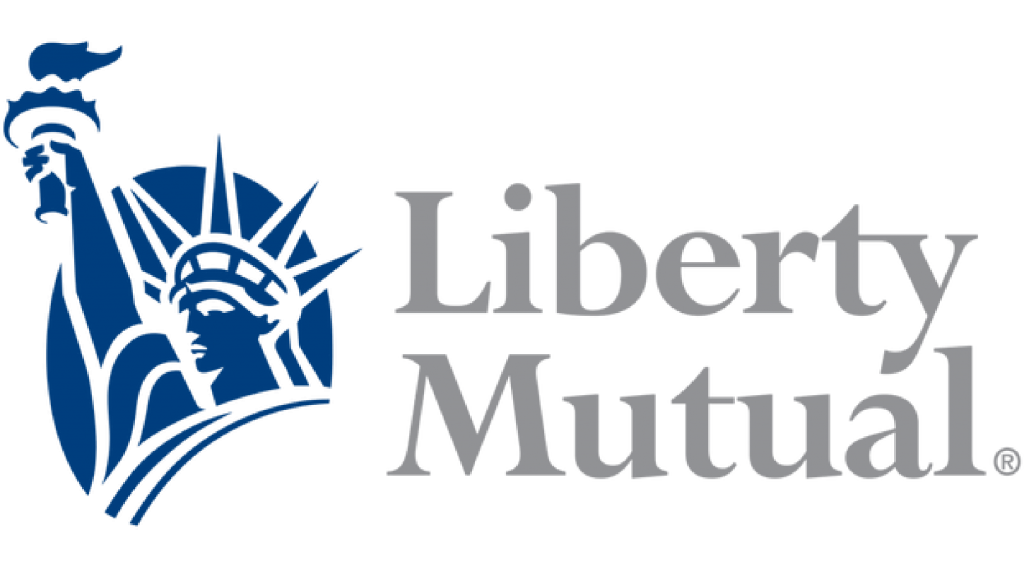Speciality
Case Study
Optimizing Distribution Revenue While Maintaining Profitability
This project illustrates the tough decisions that an apparently successful company with scale, large market penetration and impressive annual premium revenue must make. John’s careful analysis and recommendations guided them through this process. A regional property & casualty insurance company was concerned that their network of retail agencies was actually too large and too expensive to support. They wanted insight into how to best maximize their distribution of independent sales agents while minimizing the amount of annual premium they would non-renew. A sophisticated economic model was created by John and his team and an analysis of the portfolio resulted in significant revelations.
This company was able to reduce their distribution network from over 1500 independent agencies to nearly 500 while at the same time minimizing the loss of significant premiums.
Consulting Area: Executive Sponsor and Project Lead – John and his team optimized a distribution channel for a northeastern regional property & casualty insurance company. John’s work was essential in order to give the client company needed data and specific correct recommendations…because significant reduction in the wrong annual premiums could have greatly and negatively impacted profitability.
This client was interested in conducting a thorough evaluation to determine the optimal size and geographic distribution of its over 1500 retail agency distributors. This client was finding that although annual premiums were huge, they had an excessively expensive sales and distribution system to support. But which premiums to cut?
As the Executive Sponsor and Project Lead, John assembled a team of three technical experts in the areas of Finance and Accounting, Information Technology and Marketing to determine the costs to the company for supporting its large number of retail distributors.
Using his skills as a pricing actuary and working with his team, John created a series of key metrics and some economic unit fundamentals to determine minimum annual sales volumes required by individual retail agency distributors to arrive at a break-even dollar amount. This illustrated that distributors not meeting the minimum break-even sales volume were costing the corporation money to support them.
John’s team then performed a series of modeling scenarios centered on optimizing the number and type of ideal retail distributors, maximizing geographic spread and minimizing any net loss of gross premium volumes while reducing the number of unprofitable distributors.
The result of this project included the ability to identify the best performing distributors by sales volume, maximizing the client company’s geographic spread and getting as close to a net zero in lost premium revenue. John’s team’s study optimized the distribution channel by keeping 523 distributors and separating from nearly 1500 low volume producers at a near net zero gross premium impact.
The result was an extremely satisfied client company, who was able to move forward with a cost-effective, streamlined and higher performing sales force. The resulting cost savings from no longer supporting high cost, lower revenue sales force labor more than offset the removed annual premium revenue.
Following this project, John was offered and accepted a senior position with a global consulting company, Tata Consulting Services.
